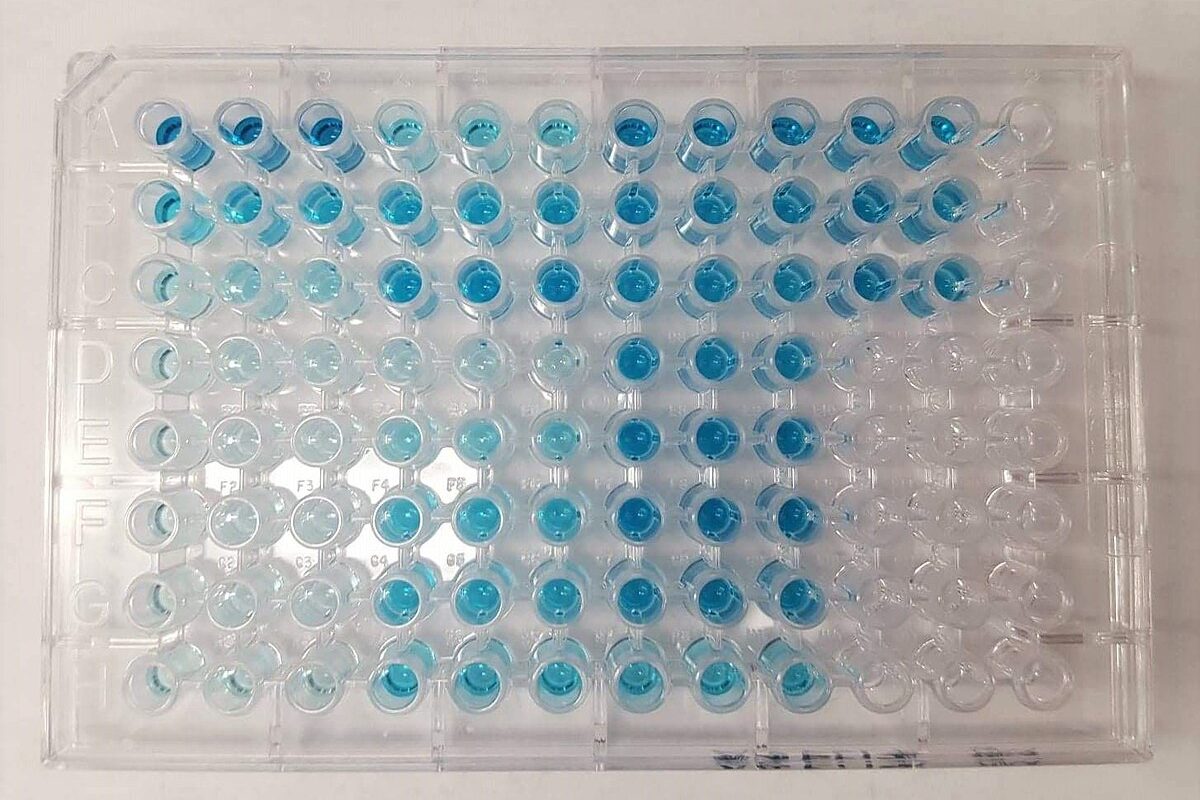Enzyme-linked immunosorbent assay (ELISA) is a biochemical technique used mainly in immunology to detect the presence of an antibody or an antigen in a sample. The presence of antibodies is determined through their binding with specific antigens that are immobilized on a plate or surface. The assay relies on the ability of an antibody to bind specifically to its corresponding antigen.
History and Development
ELISA technique was developed by Edward Engleman and Edward Drayton Cunningham in 1971. They published the first paper describing this technique for quantitating soluble antigens bound by specific antibodies. The technique was subsequently improved and made more quantitative by incorporating enzymes into the antibody fragments. This improvement allowed both detection and quantification of antigens and antibodies in biological samples.
Over the years, ELISA has become the gold standard serological technique used routinely in clinical diagnostics, medicine, environmental monitoring and food technology. Minor modifications of the basic ELISA technique have resulted in many variations like enzyme immunoassay, radioimmunoassay, fluorescence immunoassay etc. These variations have expanded the scope and applications of ELISA.
Principle of ELISA
In a standard Enzyme Linked Immunosorbent Assay, specific antigens are immobilized onto a solid surface usually the wells of a microtiter plate. The immobilized antigens are then treated with the biological sample suspected of containing specific antibodies. Any antibodies present in the sample will bind to the immobilized antigen. After washing away unbound proteins, a solution containing an enzyme-conjugated antibody against the target antibody is added.
This secondary antibody recognizes and binds to the initially bound primary antibody. After another wash to remove any unbound secondary antibody, a chromogenic substrate is added. Enzyme attached to the immune complex converts the colorless substrate into a colored product. The absorbance of the colored product is measured using a microplate reader or spectrophotometer. The intensity of color developed is directly proportional to the amount of primary antibody present in the original sample.
Kinds of ELISA
There are various forms of ELISA which differ based on the types of antigens, antibodies and method of detection used:
– Direct ELISA: The primary antibody is directly detected by enzyme-labeled secondary antibody. Suitable when primary antibody is from animal that readily binds secondary antibodies like rabbit or mouse.
– Indirect ELISA: Antigen is coated and detected by secondary antibody. Used when primary antibody is from species not easily detected by direct ELISA like human antibodies.
– Sandwich ELISA: Antigen is sandwiched between capture and detection antibody. Used to detect soluble antigens quantitatively.
– Competitive ELISA: Antibody or antigen in unknown binds to immobilized conjugate. Competes with enzyme labeled analyte to bind.
– ELISA for detecting haptens: Haptens are small molecules attached to protein carriers before coating to induce antibody response against hapten.
Applications of ELISA
ELISA has a wide variety of applications due to its advantages of ease of use, low cost and high sensitivity. Some of its major applications include:
– Serological diagnosis of infectious diseases like Hepatitis B, HIV, Syphilis etc. Detection of IgM & IgG antibodies.
– Detection of hormones, cytokines and other biomarkers in clinical chemistry.
– Quantitative estimation of therapeutics antibodies for drugs like infliximab.
– Food safety testing for allergens, antigens and toxins like aflatoxins.
– Environmental monitoring for pesticide residues, heavy metals and water quality.
– Veterinary disease diagnosis and checking vaccination efficacy.
– Prenatal screening for genetic disorders like Down’s syndrome.
– Detection of antibodies against tumor associated antigens for cancer diagnosis.
Advantages and Limitations
ELISA is a powerful and versatile technique due to its high sensitivity, specificity, low cost and ease of use. With various modifications, it can both qualitatively detect and quantitatively estimate analytes in complex biological samples. Automated ELISA equipment allows high throughput testing in clinical laboratories. However, cross reactions with structurally similar antigens and variations between kits and analysts are limitations. Interference from sample matrices can also affect test accuracy. Strict adherence to standardized protocols helps overcome these limitations.
*Note:
1. Source: Coherent Market Insights, Public sources, Desk research
2. We have leveraged AI tools to mine information and compile it



